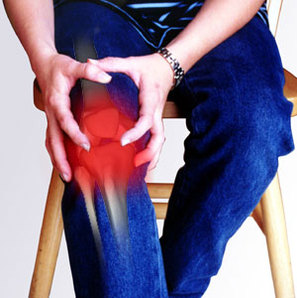Systemic Causes of Knee Pain

Due to the move towards direct access, physical therapists must be aware of systemic causes of joint pain and be able to identify signs and symptoms that are not associated with true musculoskeletal related causes of pain.
The clinician should consider systemic causes of knee pain when the history, signs, and symptoms are not correlated with the patient’s presentation. Although isolated knee pain as a result of systemic causes is rare, it is important for the clinician to be aware of the signs and symptoms that could indicate systemic disease. Further questioning is warranted to further distinguish between systemic and musculoskeletal causes of knee pain.
The physical therapist should be aware of the presence of constitutional signs and symptoms which include the following:
· Fever
· Diaphoresis (unexplained perspiration)
· Night sweats (which can also occur during the day)
· Weight Loss
· Fatigue
· Pallor
· Dizziness/syncope
· Nausea
· Vomiting
· Diarrhea
An important question to ask the patient is if they have any symptoms, anywhere else in their body? Patients may leave out important pieces of information because they do not always associate other symptoms with joint pain. Other follow-up questions should be directed at further differentiating between systemic and musculoskeletal causes.
Once a systemic cause of the patient’s pain is identified, it is important for the therapist to refer the patient to the correct health care provider for proper treatment. Collaboration and communication with the physician is necessary to ensure the patient gets the appropriate care.
Arthritis
Osteomyelitis
Tumor
The clinician should consider systemic causes of knee pain when the history, signs, and symptoms are not correlated with the patient’s presentation. Although isolated knee pain as a result of systemic causes is rare, it is important for the clinician to be aware of the signs and symptoms that could indicate systemic disease. Further questioning is warranted to further distinguish between systemic and musculoskeletal causes of knee pain.
The physical therapist should be aware of the presence of constitutional signs and symptoms which include the following:
· Fever
· Diaphoresis (unexplained perspiration)
· Night sweats (which can also occur during the day)
· Weight Loss
· Fatigue
· Pallor
· Dizziness/syncope
· Nausea
· Vomiting
· Diarrhea
An important question to ask the patient is if they have any symptoms, anywhere else in their body? Patients may leave out important pieces of information because they do not always associate other symptoms with joint pain. Other follow-up questions should be directed at further differentiating between systemic and musculoskeletal causes.
Once a systemic cause of the patient’s pain is identified, it is important for the therapist to refer the patient to the correct health care provider for proper treatment. Collaboration and communication with the physician is necessary to ensure the patient gets the appropriate care.
Arthritis
Osteomyelitis
Tumor
